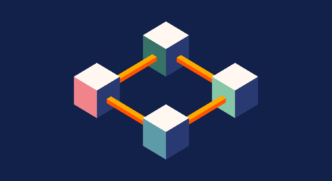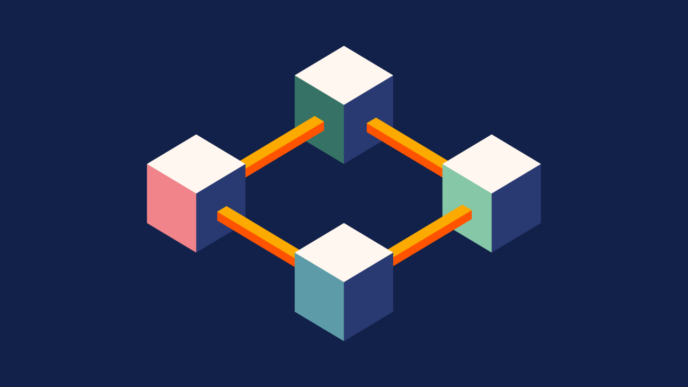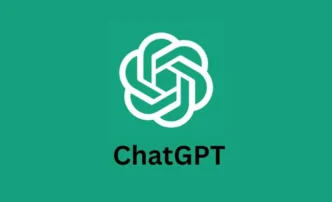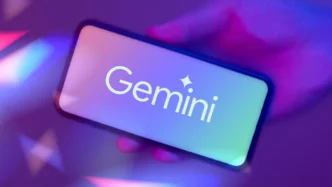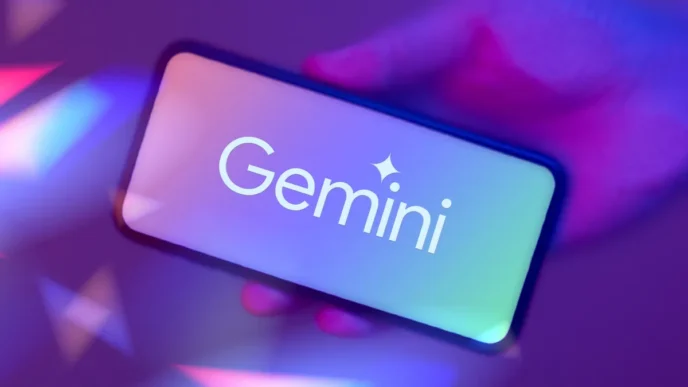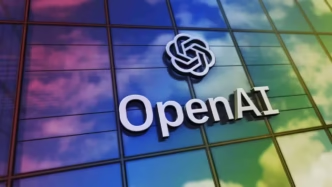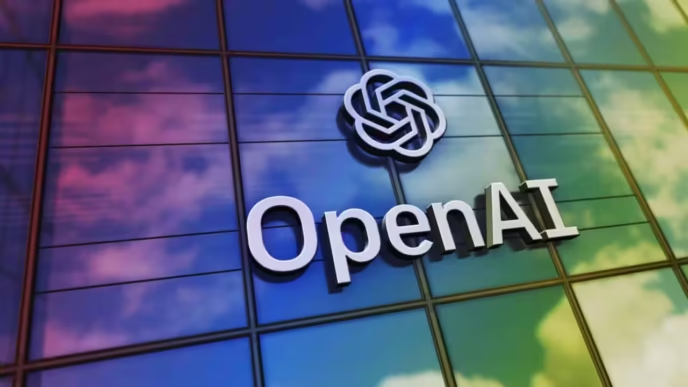The world of artificial intelligence is packed with confusing terms, but this AI glossary is here to help you cut through the noise. Whether you’re reading about LLMs, hallucinations, or agents, these definitions make complex AI jargon easy to understand. Let’s break it all down—without the tech overwhelm.
What Is Artificial General Intelligence (AGI)?
AGI refers to AI systems that can perform most tasks as well or better than a human. It’s more than a chatbot—it’s an AI with broad reasoning skills. OpenAI, Google DeepMind, and Anthropic all define AGI a bit differently, but they agree it involves cognitive abilities close to human intelligence.
AGI isn’t real yet, but companies are racing toward it.
Understanding AI Agents and Their Tasks
An AI agent does more than just answer questions. It can complete tasks like booking flights, sorting your calendar, or writing code. These systems pull from different AI tools to handle multistep processes. They’re still evolving, but expect them to become much smarter soon.
AI agents could change how we work by handling more tasks for us.
Chain of Thought in AI Reasoning
Some problems are too complex to solve in one step. That’s where “chain of thought” comes in. This technique helps AI models break down big problems into smaller parts. It improves accuracy, especially in logic and coding.
Think of it like showing your work in math class—step-by-step.
Deep Learning and Neural Networks
Deep learning powers many AI tools today. It uses neural networks, which are layers of algorithms inspired by how the brain works. These systems learn from massive amounts of data and improve through trial and error.
Deep learning helps models spot patterns without human instructions.
What Is Diffusion in AI?
Diffusion models create realistic images, text, or music by learning to reverse noise in data. They start by adding random static to a photo, then learn how to reconstruct it from scratch. Tools like DALL·E and Midjourney use this method.
It’s like turning chaos into something beautiful.
The Power of Distillation
Distillation makes large models smaller and faster. A big “teacher” model trains a smaller “student” by copying its responses. This helps companies like OpenAI create quicker versions of powerful tools, like GPT-4 Turbo.
Smaller models are cheaper, faster, and easier to run.
Why Fine-Tuning Matters
Fine-tuning trains a model for a specific job—like customer service or legal research. Developers start with a general model, then feed it custom data for one domain. This helps the AI become more useful in targeted areas.
Many AI startups use fine-tuning to stand out from competitors.
How GANs Generate Realistic Content
Generative Adversarial Networks (GANs) use two AI models—a generator and a discriminator. One creates content, while the other judges how real it looks. Over time, this battle sharpens the AI’s output.
GANs power tools that create lifelike photos, art, or even deepfakes.
What Is Hallucination in AI?
When an AI makes things up, that’s called a hallucination. It might confidently give you a wrong answer—like a fake health tip or a made-up quote. These errors happen when training data is missing or limited.
To reduce hallucinations, companies are building more specialized models.
Inference vs. Training
Inference is what happens when you use an AI tool. The model applies what it learned during training to make predictions. Training involves feeding in huge datasets so the model can learn patterns.
Once trained, the model runs predictions in real time—on phones, laptops, or servers.
What Are Large Language Models (LLMs)?
An LLM is the engine behind tools like ChatGPT, Claude, or Gemini. These models are trained on billions of words and generate human-like responses based on what they’ve seen. When you type a prompt, the LLM predicts one word at a time—over and over.
LLMs power everything from writing assistants to search tools.
Neural Networks Explained
A neural network is the layered system that makes deep learning possible. Each layer processes data and passes it forward, helping the AI get better with each step. These networks were inspired by the human brain’s structure.
Neural networks are at the heart of today’s most powerful AI tools.
What Does Training Involve?
Training turns raw data into a working AI model. Developers feed in examples, and the model learns by adjusting its internal settings. The more data it sees, the better it gets.
Without training, AI is just a blank slate with no knowledge.
Transfer Learning in Action
Transfer learning lets developers start with a model trained on one task and apply it to another. It’s like learning Spanish after knowing Italian—some skills carry over. This saves time, energy, and money.
It works best when tasks are similar or when training data is limited.
How Weights Shape AI Decisions
Inside every AI model are weights—numbers that decide what matters most. During training, these weights shift to improve the model’s accuracy. For example, in a real estate AI, weights might favor location or square footage.
The weights guide every prediction the model makes.
Final Takeaway
This AI glossary gives you a solid grasp of the terms shaping the future of technology. From neural networks to hallucinations, these concepts don’t have to be overwhelming. As AI continues to grow, knowing these terms will help you stay ahead—without feeling lost in the jargon.
Bookmark this page. We’ll update it often as AI evolves.




